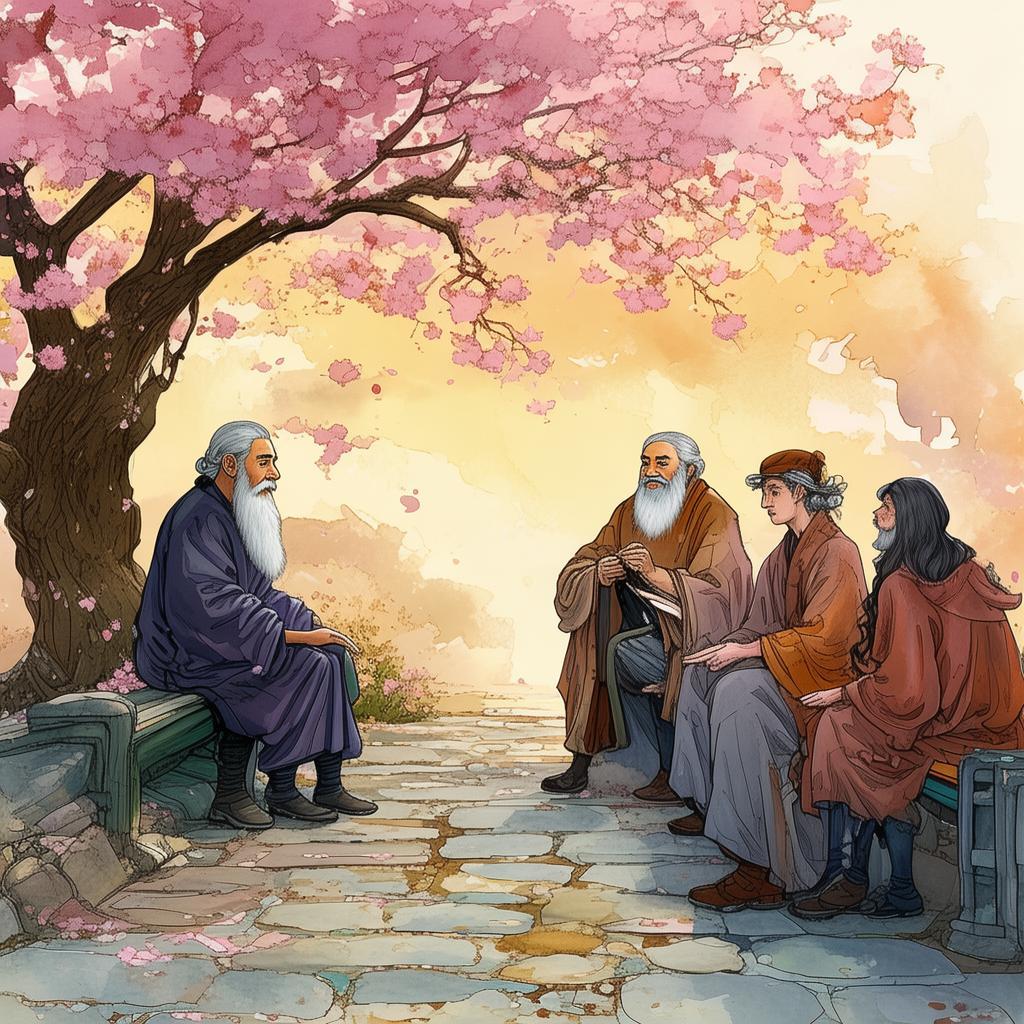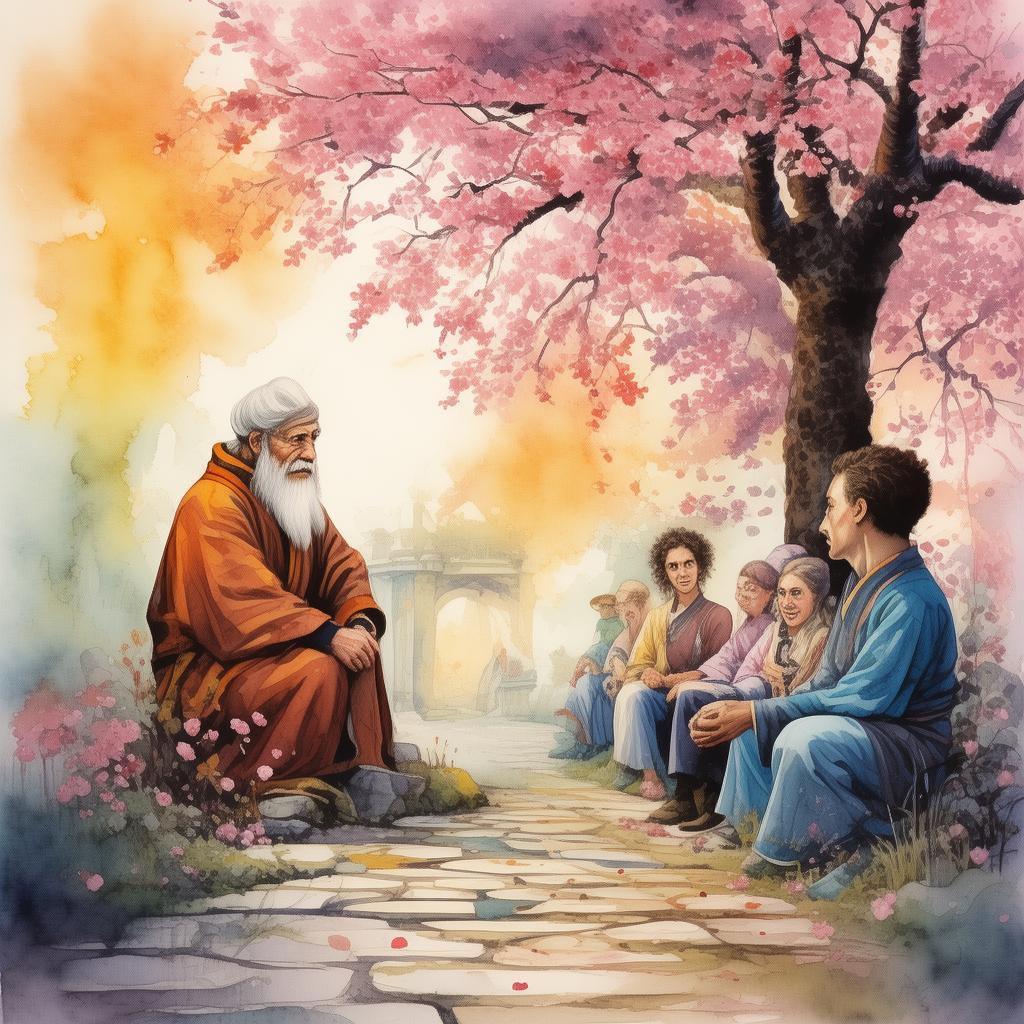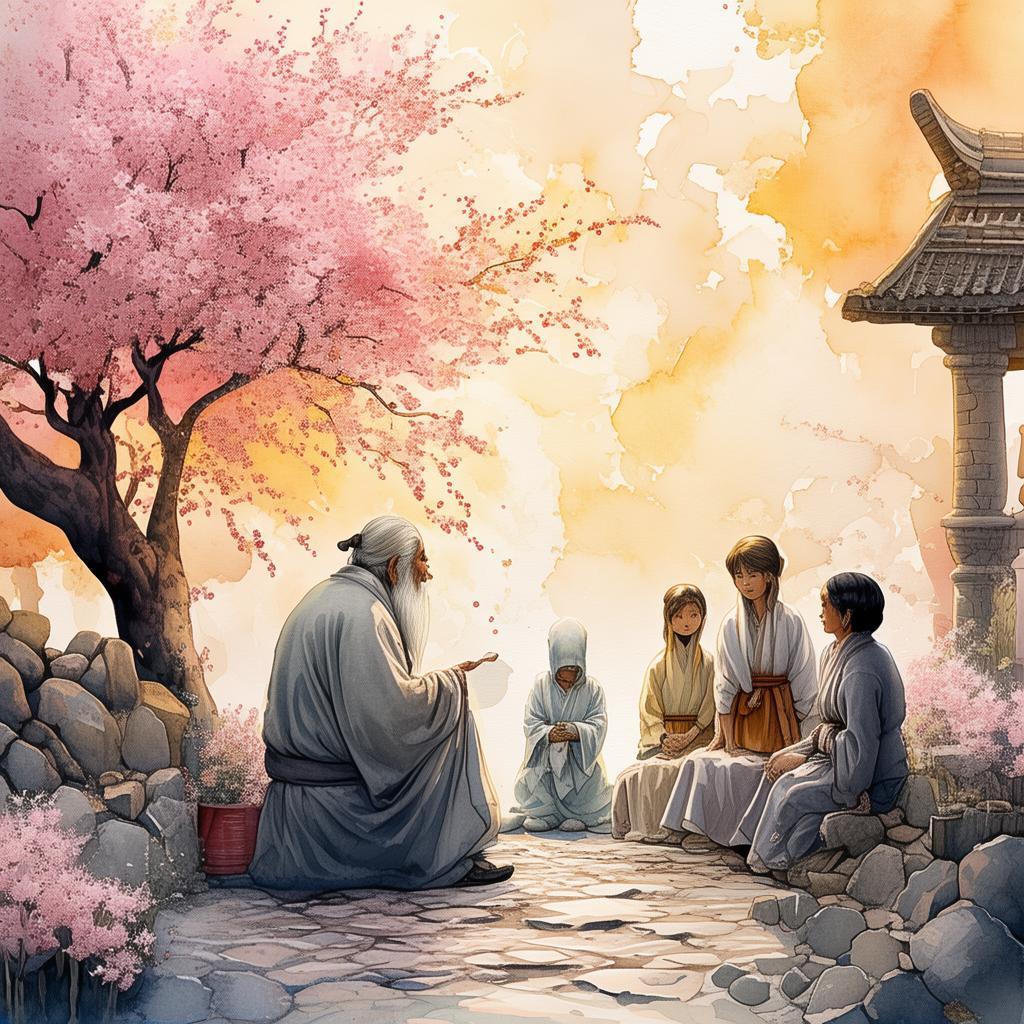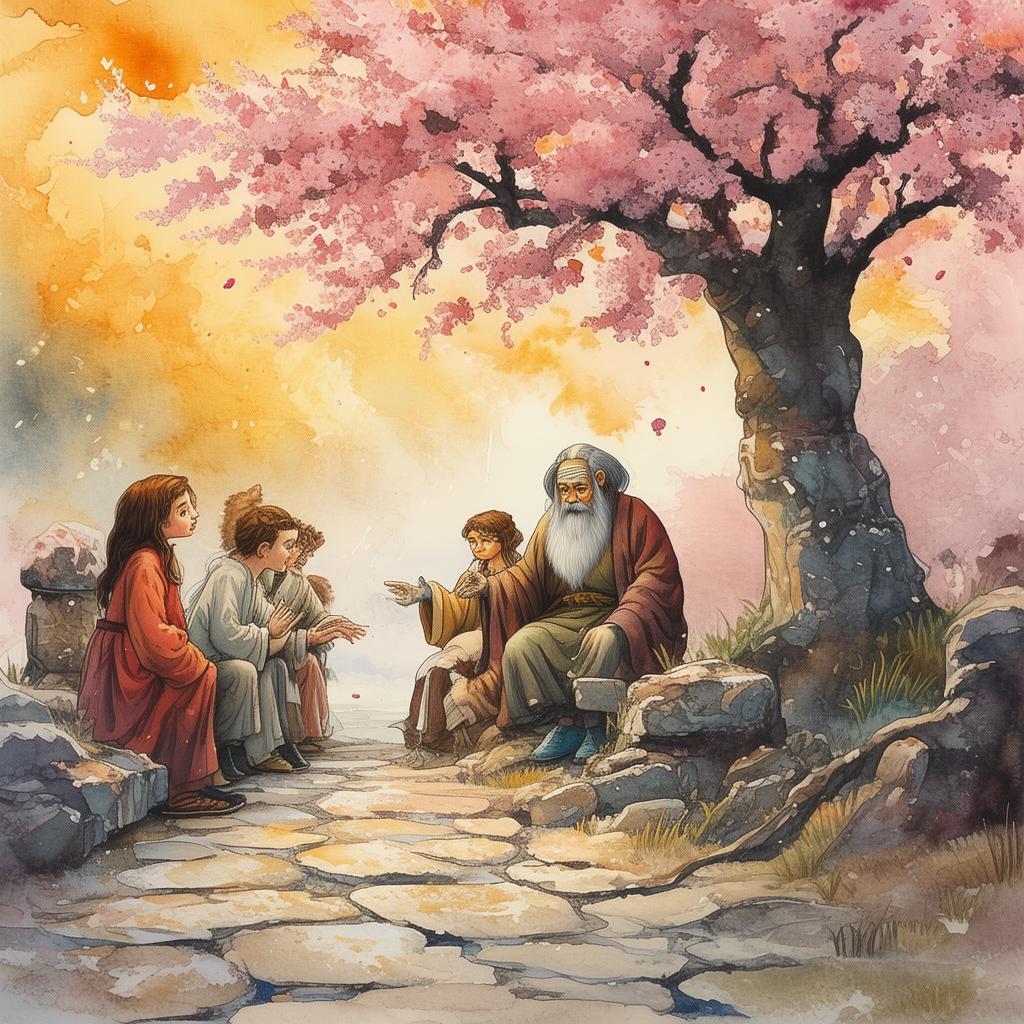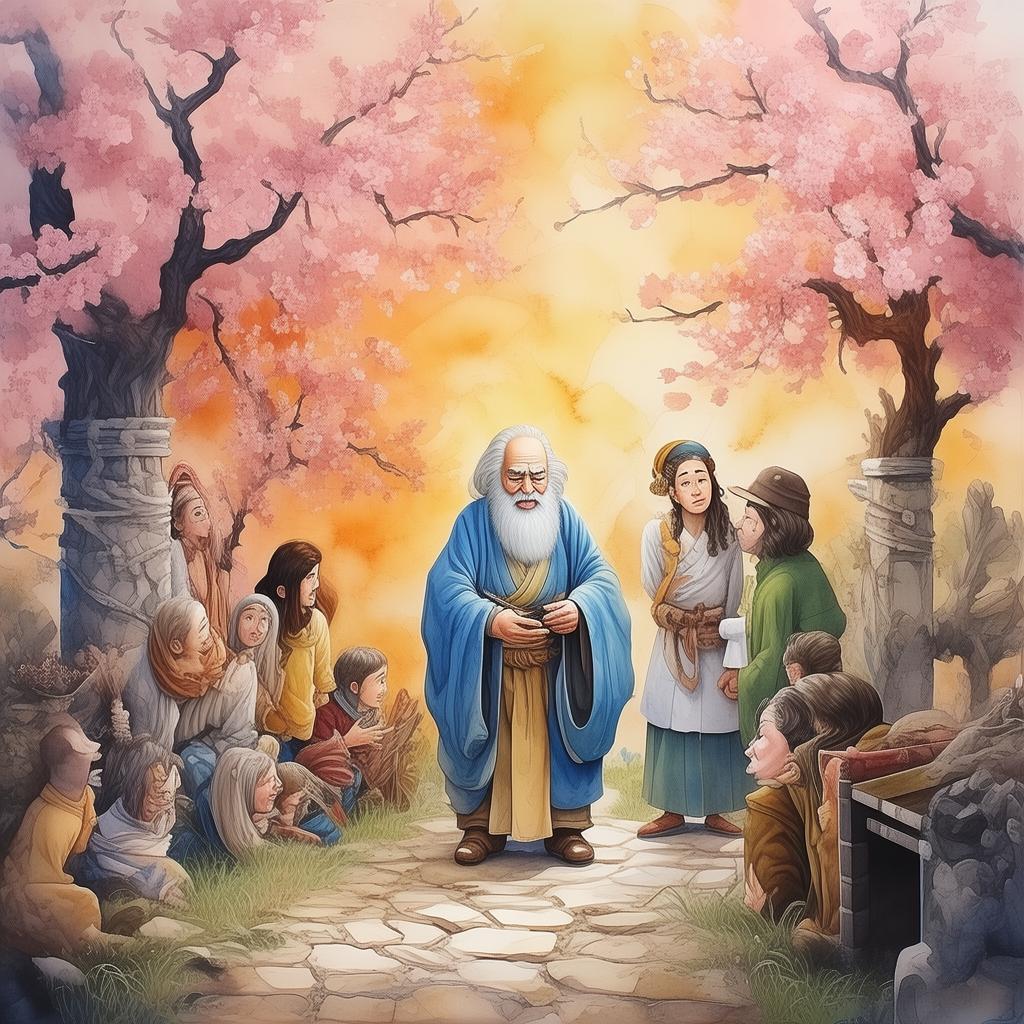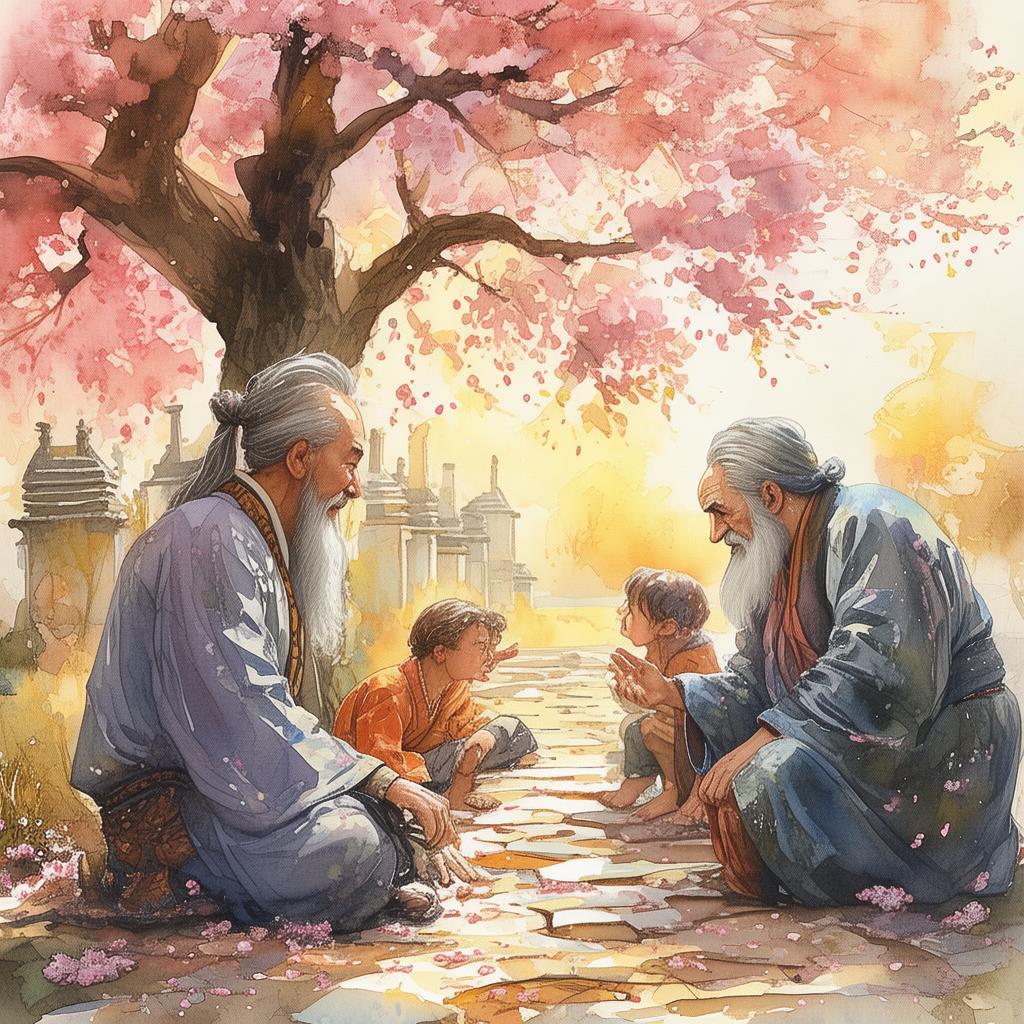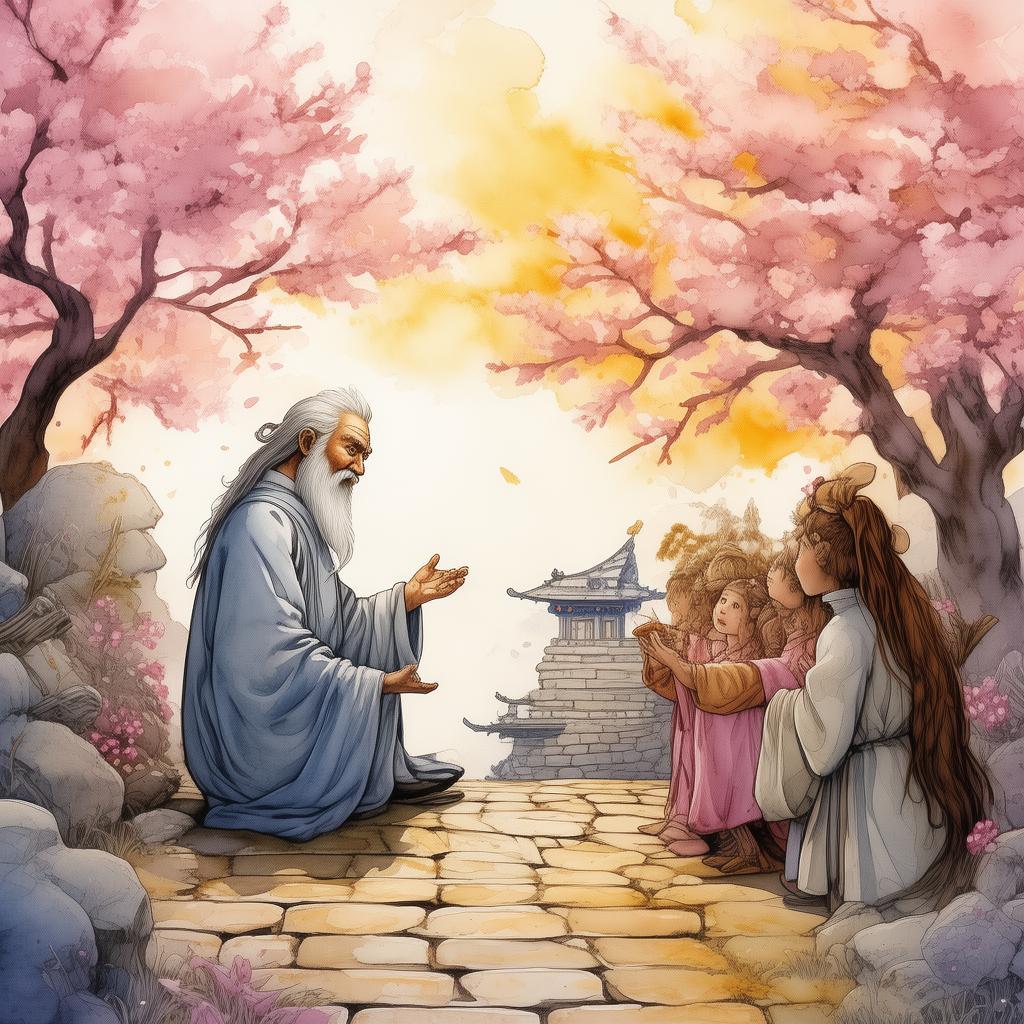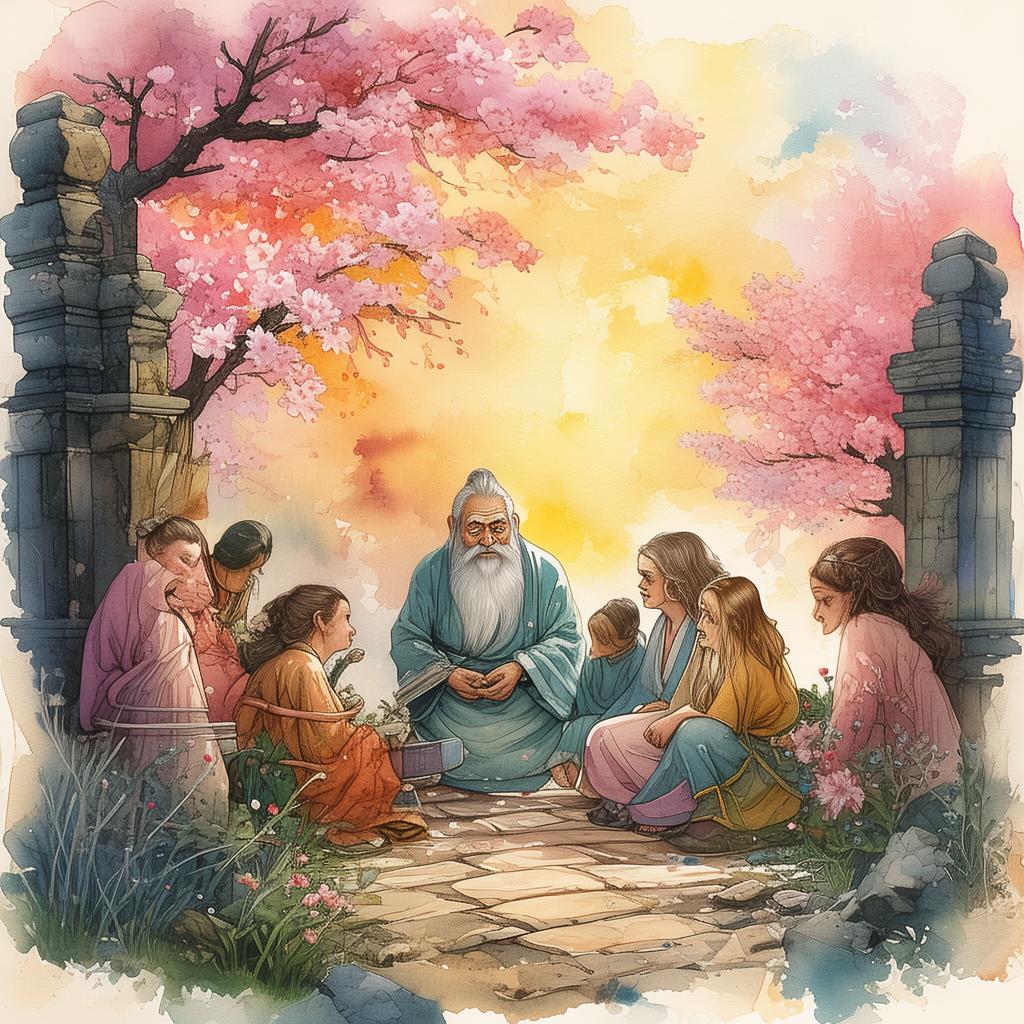Veiled Dreams of the Concrete Garden
In the heart of a bustling metropolis, where the skyscrapers kissed the clouds and the streets buzzed with the pulse of progress, lay a small, secluded garden. It was a concrete oasis, a sanctuary nestled between towering buildings, a place where nature and urbanity danced in harmony. The garden was known as the Concrete Garden, a place where the dreams of many found solace and inspiration.
Liu Wei, a young and ambitious architect, had always seen the Concrete Garden as a testament to human ingenuity and the ability to weave nature into the urban tapestry. He had dedicated his life to creating spaces that blurred the lines between the built and the natural environments. To him, the Concrete Garden was more than just a garden; it was an urban utopia, a living, breathing symbol of his dreams.
One evening, as Liu Wei wandered through the garden, he noticed a peculiar pattern etched into the concrete path. It was a series of symbols, intricate and almost forgotten by time. Intrigued, he traced his fingers over the carvings, feeling a strange connection to the ancient symbols.
As the moonlight cast a silver glow over the garden, Liu Wei's mind wandered back to his childhood, when he would come here with his late father. His father, a sculptor, had taught him to see the beauty in the simplest forms, to find inspiration in the mundane. The Concrete Garden was where they had shared many of their conversations, and it was in these conversations that Liu Wei had first learned to dream big.
Suddenly, Liu Wei's phone buzzed. It was a message from an old friend, a historian who had been researching the origins of the Concrete Garden. The historian mentioned the symbols Liu Wei had found and explained that they were part of a lost language, a language that had once been spoken by the very people who had built the garden centuries ago.
Liu Wei's curiosity was piqued. He decided to delve deeper into the history of the Concrete Garden, hoping to uncover the secrets hidden within the symbols. His search led him to the city's archives, where he discovered ancient maps and texts that spoke of a grand plan to create a utopian city where nature and humanity coexisted in perfect harmony.
As Liu Wei delved further, he uncovered a shocking truth. The Concrete Garden was not just a place of beauty; it was a hidden project, a secret society of architects and designers who had been working for decades to create this urban utopia. The garden was a prototype, a test site for their ideas, and the symbols were part of a code that would unlock the future of the city.
Liu Wei was in awe. He had always believed that his work was about creating spaces that brought people together, but now he realized that the Concrete Garden was about something much greater. It was a vision of a world where humanity and nature could coexist without conflict, a world that was possible, but only if people were willing to dream big and work together.
As he stood in the heart of the Concrete Garden, Liu Wei felt a profound sense of purpose. He knew that the garden was more than a place; it was a symbol of hope, a reminder that even in the most concrete of cities, dreams could take root and flourish.
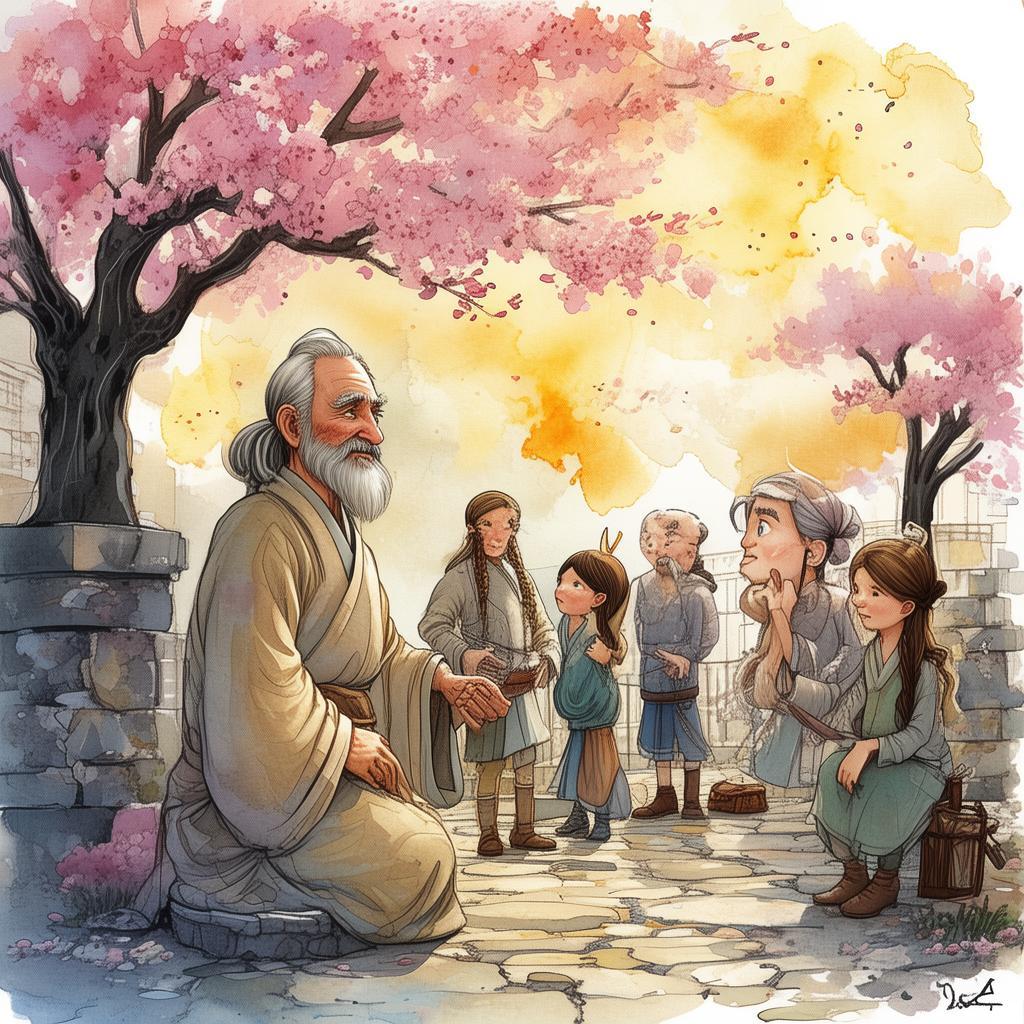
He reached out to his friends, to other architects, and to the community, sharing his findings and his vision. Together, they began to work on a project to bring the Concrete Garden to life, to turn it into a model for the future city they all desired.
The journey was long and fraught with challenges, but Liu Wei's passion never wavered. He believed that the Concrete Garden was not just a dream, but a reality that could be achieved if they were willing to work together, to dream together.
In the end, the Concrete Garden became more than a place; it became a symbol of hope, a beacon of light in a world that needed it. Liu Wei stood in the garden, looking out over the city that had grown up around it, and he knew that he had been part of something truly special.
The Concrete Garden was not just a place of beauty; it was a living, breathing testament to the power of dreams and the potential of human ingenuity. And in the heart of the city, where the dreams of many found solace, Liu Wei found his place, his purpose, and his inspiration.
✨ Original Statement ✨
All articles published on this website (including but not limited to text, images, videos, and other content) are original or authorized for reposting and are protected by relevant laws. Without the explicit written permission of this website, no individual or organization may copy, modify, repost, or use the content for commercial purposes.
If you need to quote or cooperate, please contact this site for authorization. We reserve the right to pursue legal responsibility for any unauthorized use.
Hereby declared.
